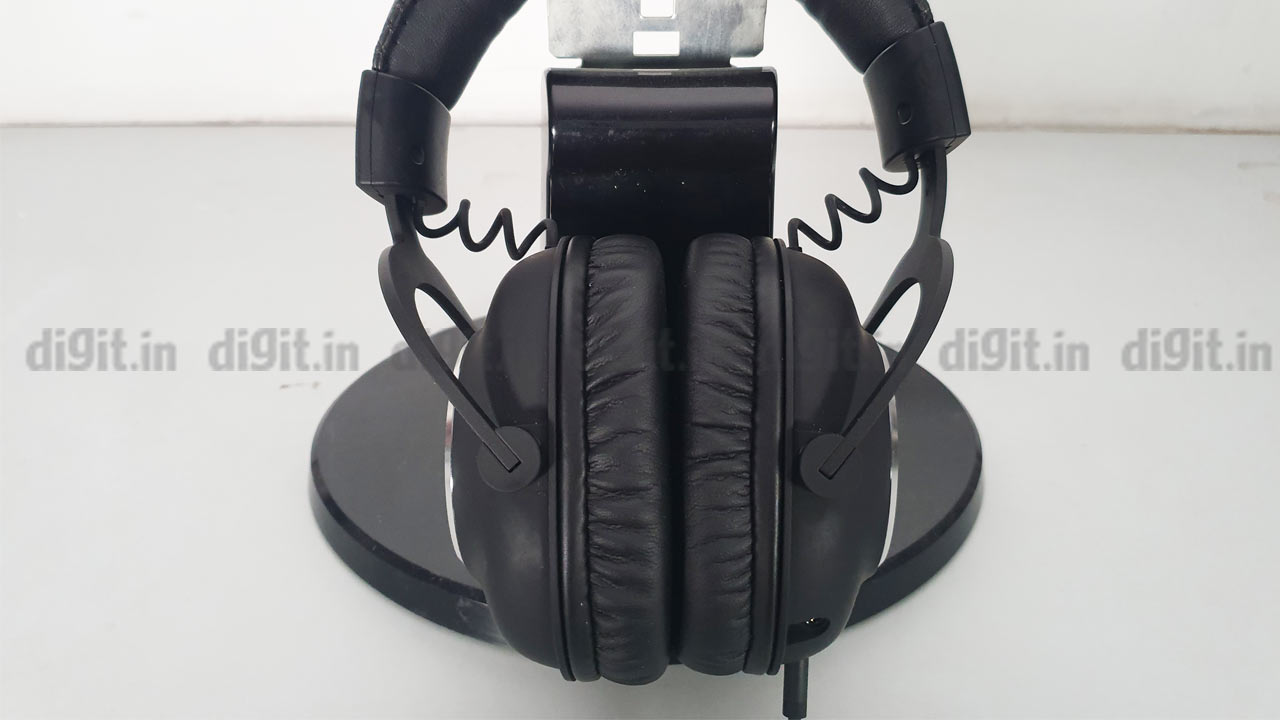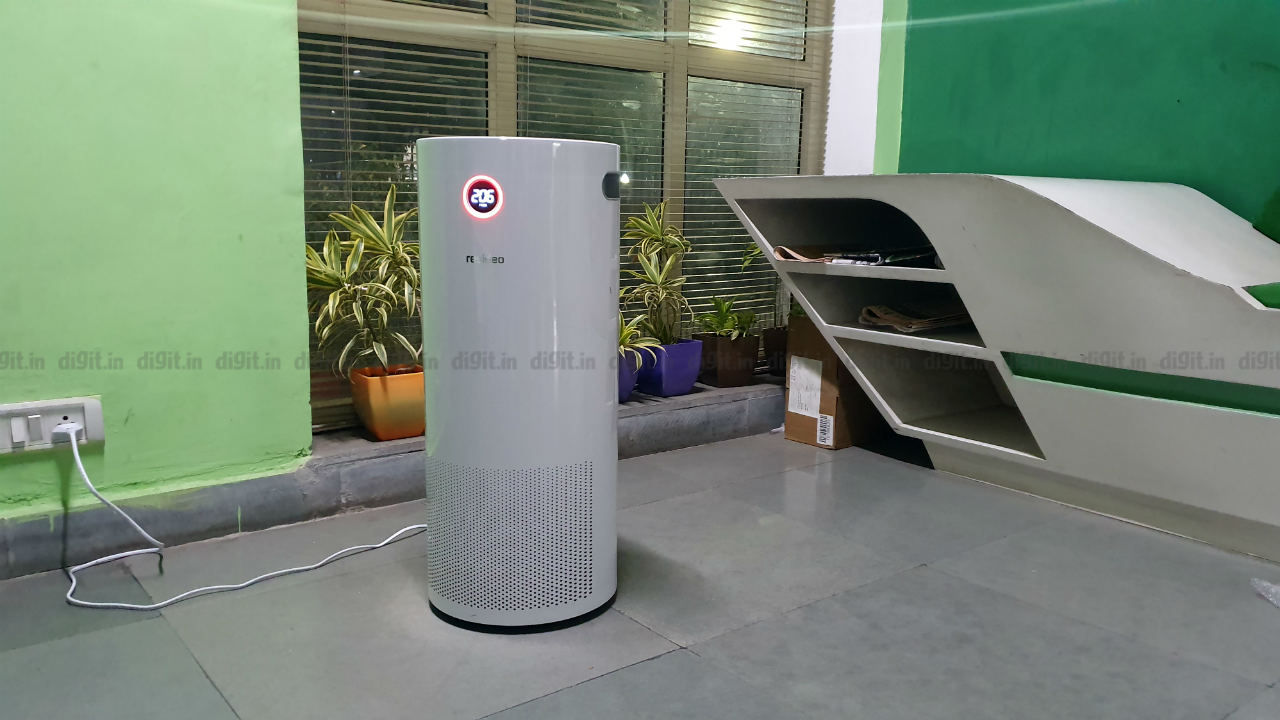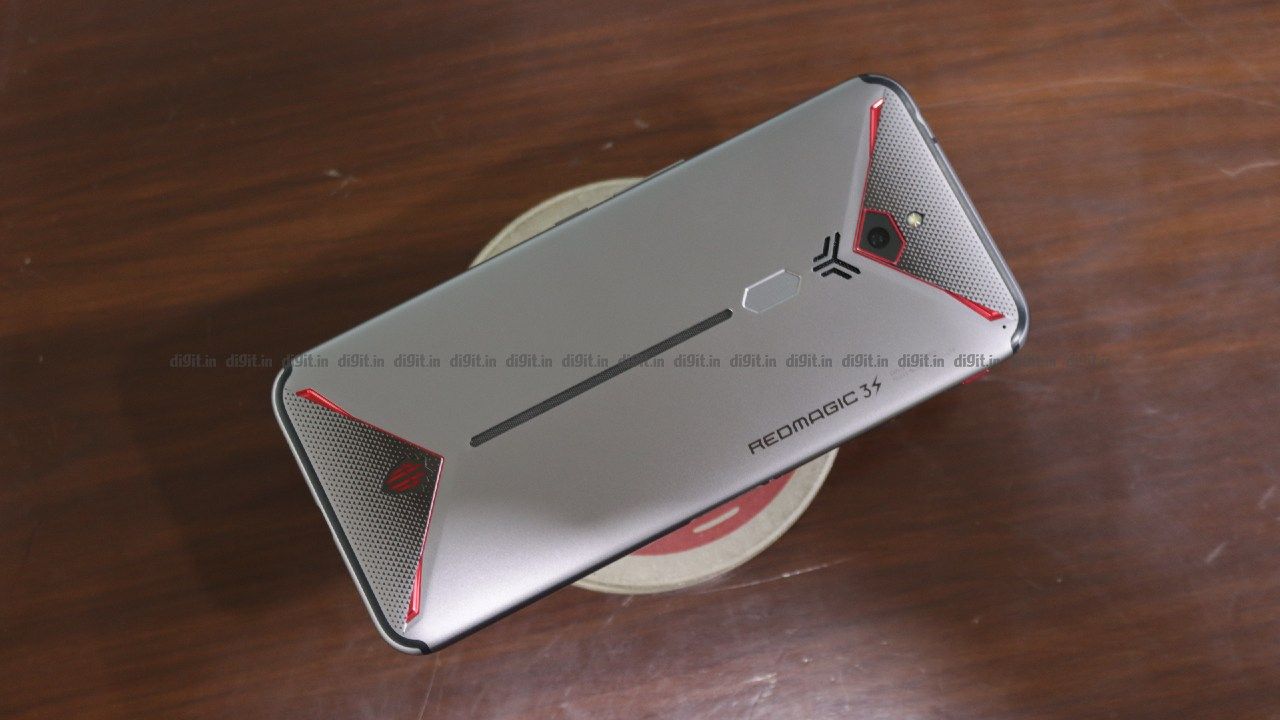
ZTE’s Nubia has a penchant of offering cutting-edge hardware at surprisingly affordable prices, but in India, the company is trying to establish itself as a gaming brand. After launching the Red Magic 3 earlier this year, Nubia quickly refreshed it with the Red Magic 3s in a bid to keep up with the recent flurry of flagships that came with the specially binned processor Qualcomm made to boost mobile gaming. As such, the Red Magic 3s bears an uncanny resemblance to the previous Red Magic 3. Almost everything is the same, right down to the design, the display, the battery capacity and the camera. The only major upgrade is the presence of the Snapdragon 855+ and UFS 3.0 storage. Both of these components should ideally go a long way in improving usability, but is it really the case here? Let’s find out —
Performance
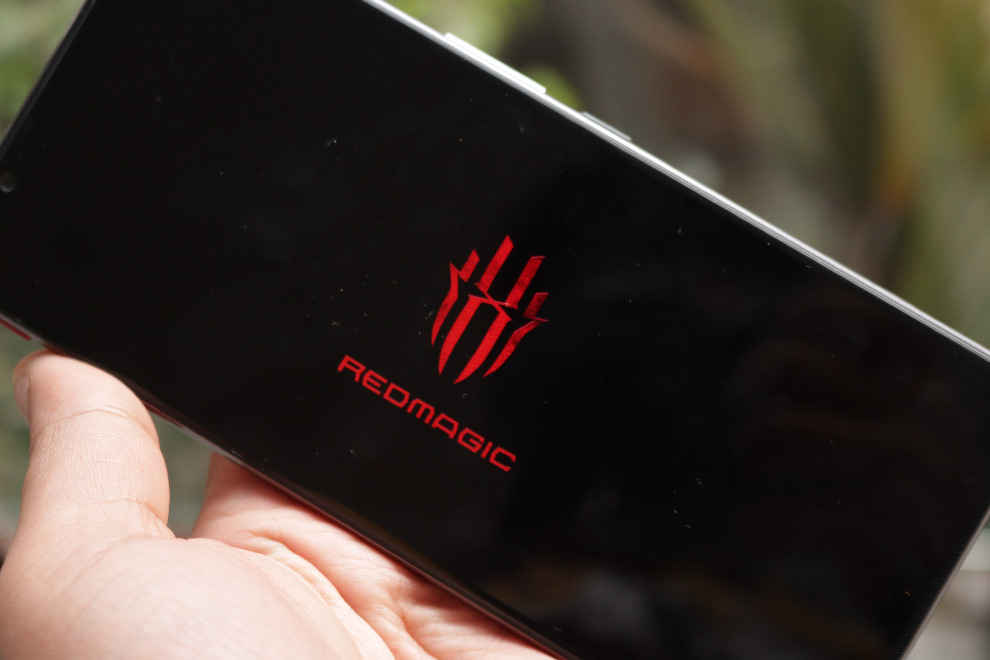
This is perhaps the only place we expect to see anything change from the previous Red Magic 3. The Snapdragon 855+ is binned at a higher speed and sports an overclocked GPU. Furthermore, UFS 3.0 storage promises a 2x increase in read/write speeds over UFS 2.1 which was used previously in the Red Magic 3. We ran our suite of benchmark apps to see if that makes any significant difference in performance. Here are the results —
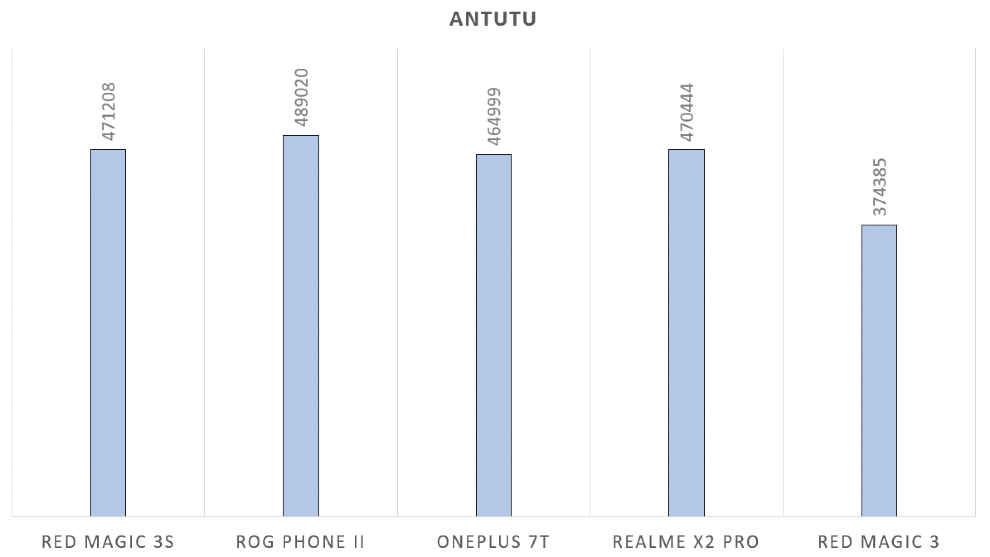
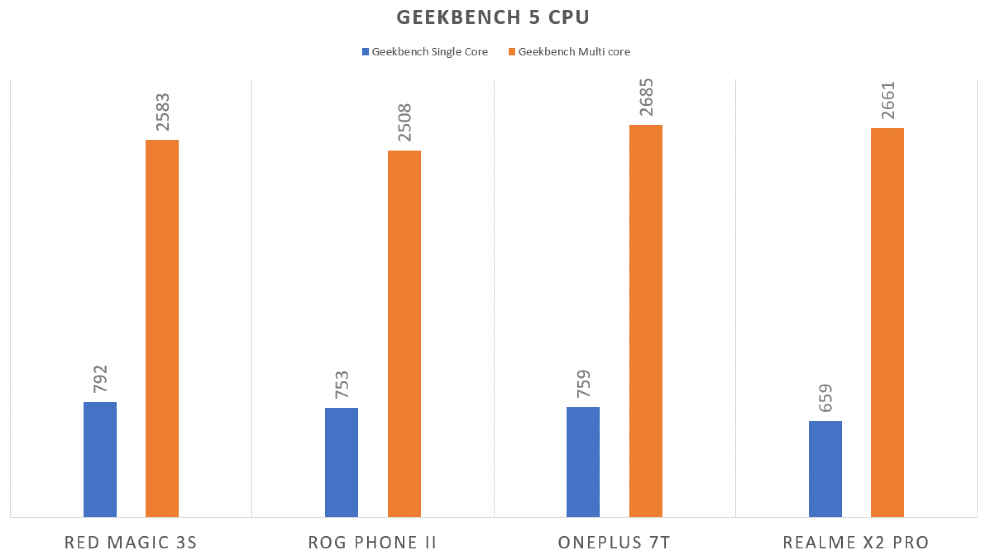
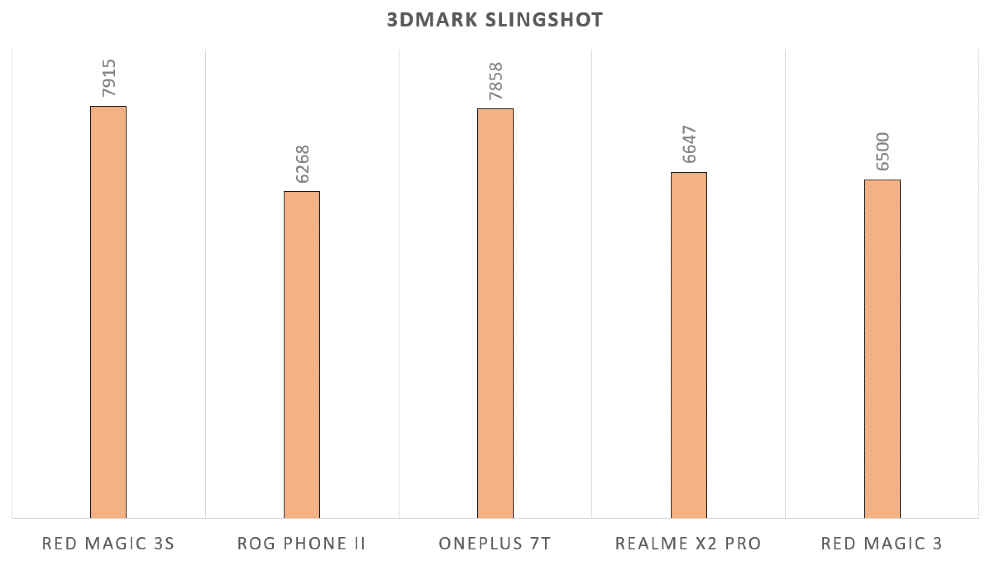
The Red Magic 3s is certainly faster than the previous Red Magic 3 on all the benchmarks. The Snapdragon 855+ does make a difference, at least in synthetic tests. But when pegged against other Snapdragon 855+-powered smartphones, the Red Magic 3s isn’t always the best. It scored the best on Geekbench Single Core and Multi Core CPU tests, but on AnTuTu and 3DMark Slingshot, it did lag slightly behind the likes of the OnePlus 7T, Asus ROG Phone II and the Realme X2 Pro. But the difference is minimal enough to not be considered anything significant. Clearly, the Red Magic 3s performs at par with some of the fastest smartphones available today.
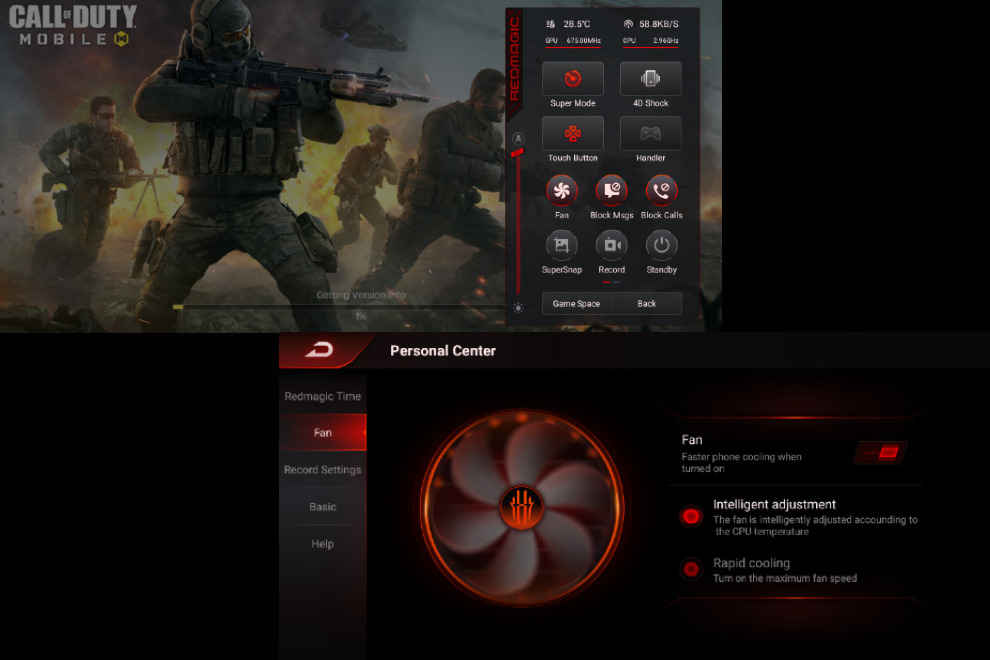
Acing benchmark scores should be the bare minimum for a gaming smartphone. And the Red Magic 3s passes that test with ease. We also tried out a few resource-intensive games on the phone, and clocked the frame rates and stability using Gamebench. We ran the games within Nubia’s gaming mode which comes on with a flick of a switch located on the top left edge. The game mode turns on the fan inside, and lets you tweak the CPU and GPU clocks (not as deeply as the ROG Phone II does, however) and pair a gamepad and the likes. The game mode also kills all apps in the background and blocks notifications for uninterrupted gaming.
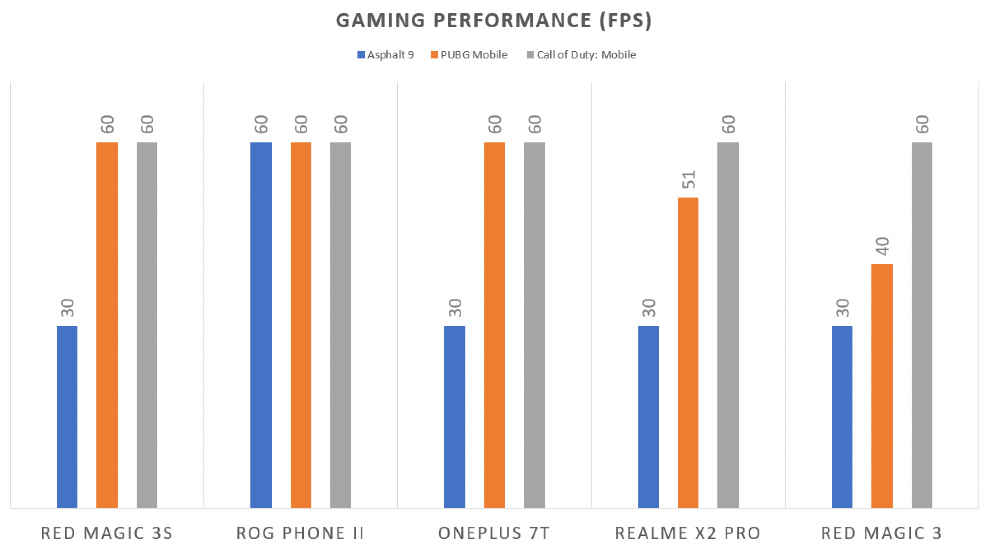
Games ran just as good as they would on other SD855+ smartphones. For instance, most games managed to hit peak frame rates but the stability differed. Asphalt 9, PUBG Mobile both ran at peak frame rates delivering an immersive experience. Frame rate stability was also high enough, with the two games clocking in with 94% and 96% stability respectively. Call of Duty: Mobile, however, ran at 59 FPS but a much lower 53 percent stability, which could very well be an error in the recording software because I did not face any frame drops during my game play.
Part of what enhances the gaming experience is the pressure-sensitive triggers on the edges of the phone. These basically become two additional buttons that let you play with four fingers instead of two. However, if you are planning to get the phone simply for the air triggers, the ROG Phone II is the better option to go for, simply because the air triggers on the ROG Phone II are more intuitive. You can rest your fingers on the triggers and then press them when needed. On the Red Magic 3s, simply touching the trigger will trigger the action and you can’t rest your finger on it. So for long periods of gaming, this will become an issue and you will end up exhausting yourself sooner while gaming.
Tasks other than games, however, are plagued by bugs. While Nubia has worked on the gaming mode to allow games run without a hitch, other apps like Facebook, Instagram and Messenger are not quite optimised. Facebook Messenger chat bubbles kept closing in the background, and there were frequent crashes. More than that, the phone feels too large to carry around for everyday use.
Software
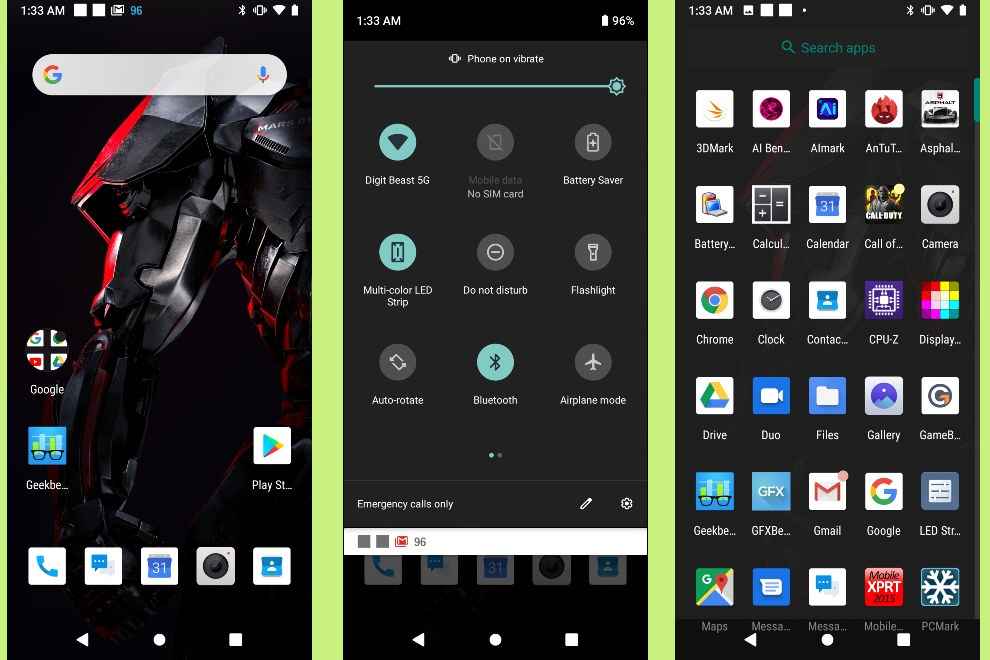
The Red Magic 3s relies on a custom skin developed by Nubia. Like in the previous offering, the one on the Red Magic 3s also looks quite dated. Icon design seems to hark back to Android 4 days and the UI lacks the smoothness we expect from high-end smartphones. Animations and transitions doesn’t feel as smooth despite having a 90Hz refresh rate.
The good thing is the Red Magic 3s doesn’t come with a lot of bloatware. Save for a user manual and an app to adjust the RGB light effects, all the other pre-installed apps are useful and not a duplication of another Google app. This helps the phone maintain a lot of free resources, so much so, that the 8GB RAM variant of the Red Magic 3s was able to compete neck to neck with the likes of the OnePlus 7T Pro.
Battery Life
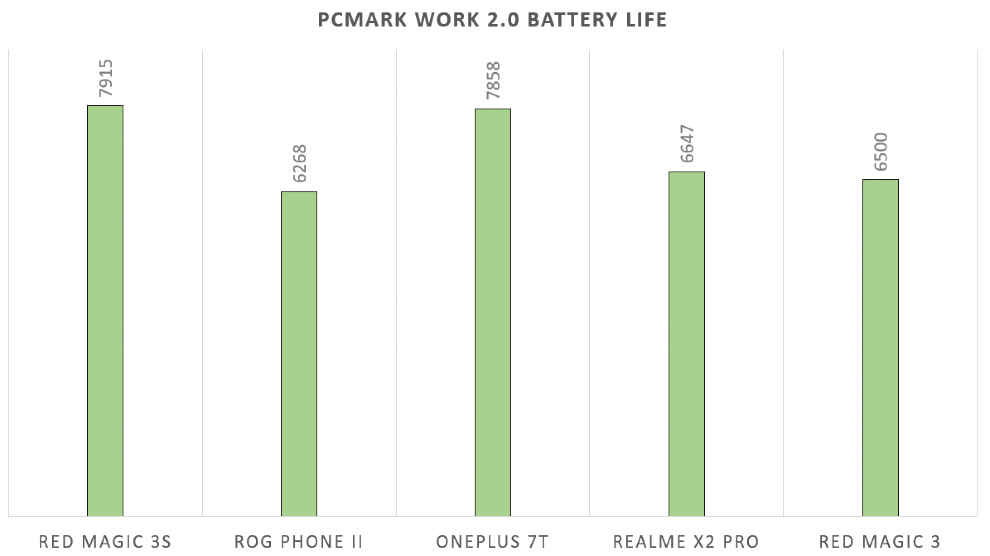
The Red Magic 3s comes with a big 5,000mAh battery. That’s another right choice for a gaming phone but it also ends up adding a lot more heft to the body. There’s also support for 18W fast charging that does come handy to top up the battery quickly. Now, Nubia claimed you can play almost eight hours of PUBG Mobile on a single charge, and that claim hold true only if you play at the auto mode. Tweaking the GPU and CPU frequencies to run at peak speeds will drain the battery much faster, and to be honest, it doesn’t really add up to make a big difference. Keeping the fan on also drains the battery faster. Overall, keeping everything running at its max, the Red Magic 3s dropped around 6 percent while playing PUBG Mobile for 15 minutes, while 30 minutes of Netflix drained the battery by 8 percent. These are by no means conservative, as we have seen smaller batteries drain much slower during these tasks. But if you keep things at their default settings, the battery drain can be controlled to be even slower.
Camera
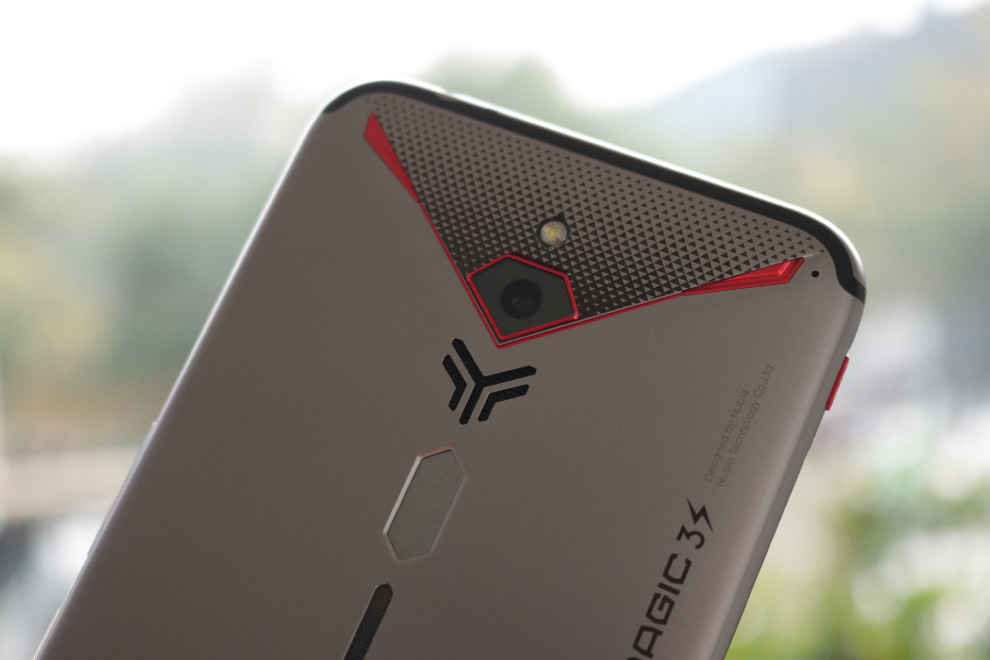
A single-lens camera is rare to find in a phone priced 30k and above, but that’s just what the Red Magic 3s offers. Albeit a good one. The single 48MP Sony IMX586 sensor is well-optimised and geared to enhance sharpness and details under well-lit conditions. And it also happens to be quite good at getting the colours just right provided you’re shooting under normal conditions. The camera should ideally be the last thing in mind while conceptualising a gaming phone, and it’s good to see Nubia taking that extra step to offer a good camera alongside high-performance gaming.
The camera app needs some getting used to if you are coming from other OEMs, however. Primarily the feature names. I struggled to figure out why there are features called ‘Camera Family’ and ‘Pretty’ at first, and quickly realised it’s directly translated from the Chinese app. But if you manage to get past that, there are some interesting features to check out. 8K video recording for that matter, a sample of which can be found below. Do let us know how it looks on an 8K display because we honestly didn’t have one in our lab at present. Other than that, there are some AR filters that work depending on what you’re trying to do.
As for the photos themselves, I was left quite impressed with the 48MP sensor. The images taken outdoors came out bright and vivid with just the right amount of sharpness. There’s no ultrawide or a portrait mode here. The best you have is an electronic aperture mode that simulates depth of field using software. It’s not very helpful though. Also, the camera tends to boost the ISO every time you take a binned photo at 12MP resolution, so your highlights can come out a little clipped. You can check out the camera roll below –
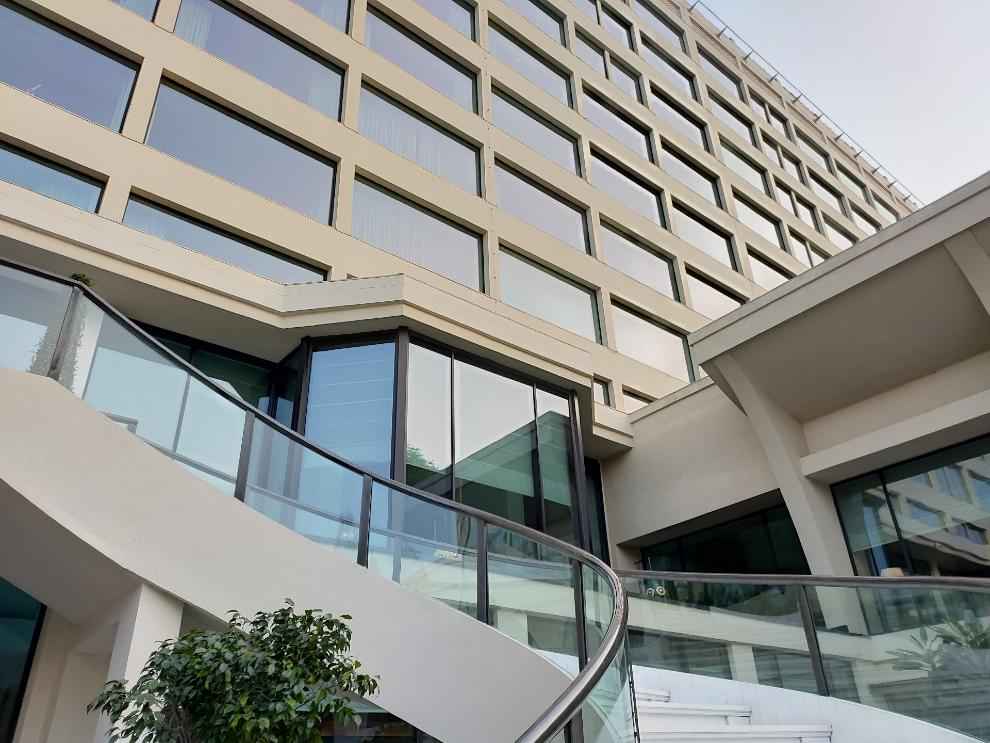
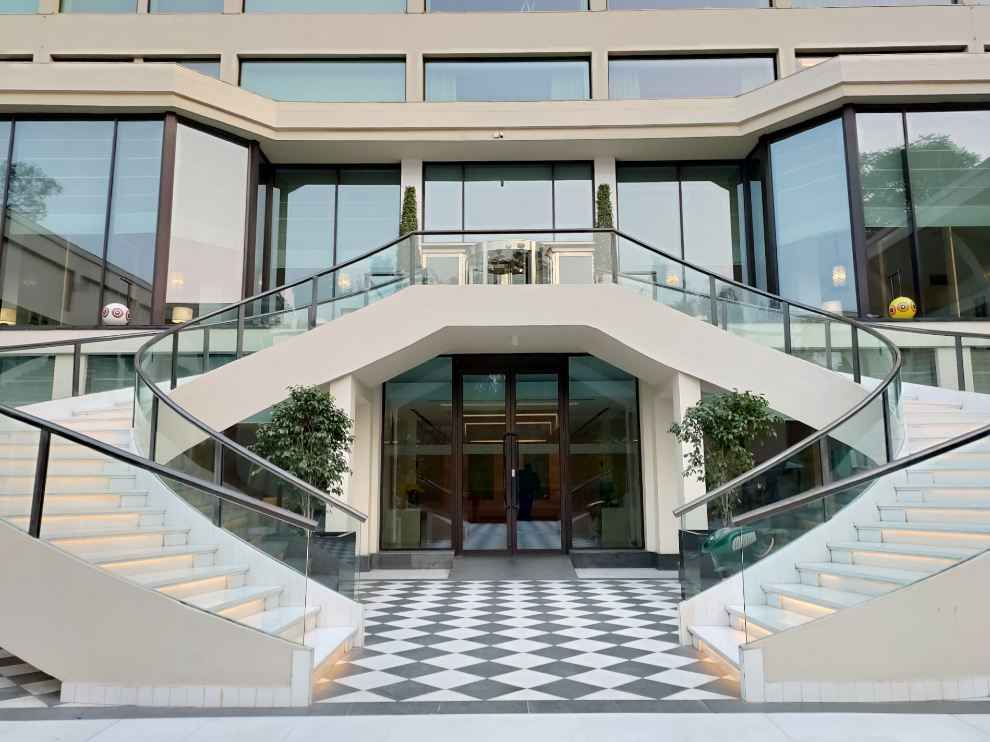
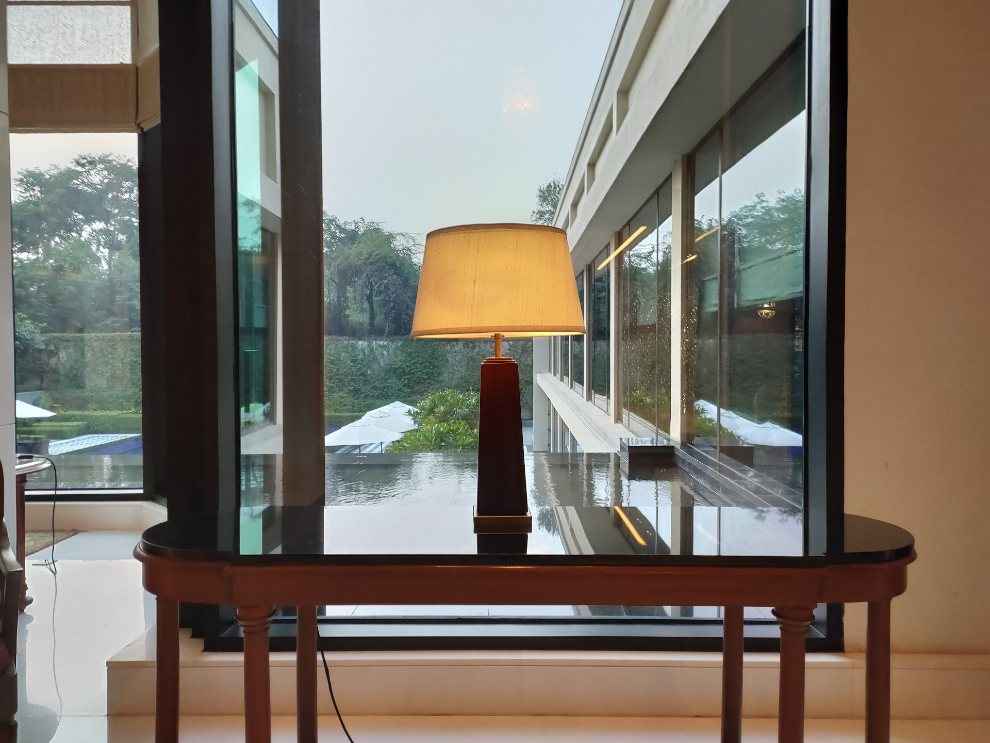

Design and Display
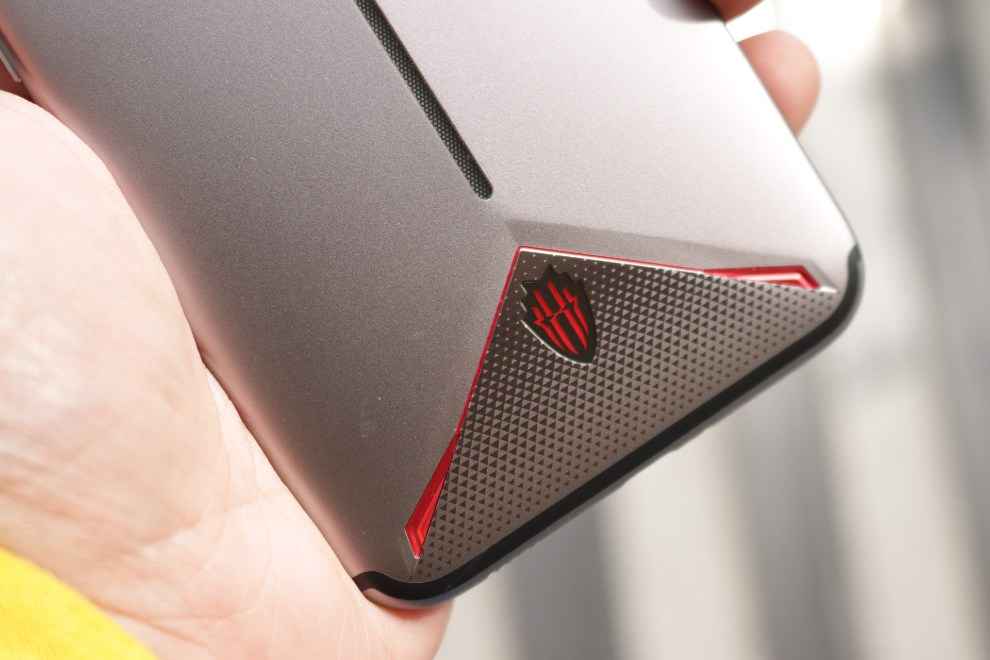
The Nubia Red Magic 3s looks and feels like a gaming smartphone. It has the necessary grooves, cuts and sharp edges that has been defining the gaming-smartphone look in 2019. There’s also a RGB strip down the middle at the back, and the single 48MP camera is shaped to add symmetry to the overall design. Nubia has milled the phone from a single block of aluminum. It’s not glass at the back, which should make it more durable. There’s a stereo speaker setup that belches out loud audio output which is good enough for quick gaming sessions during commute, and a 3.5mm headphone jack as well. Overall, the Red Magic 3s seems meticulously crafted. If only the software inside looked as good.
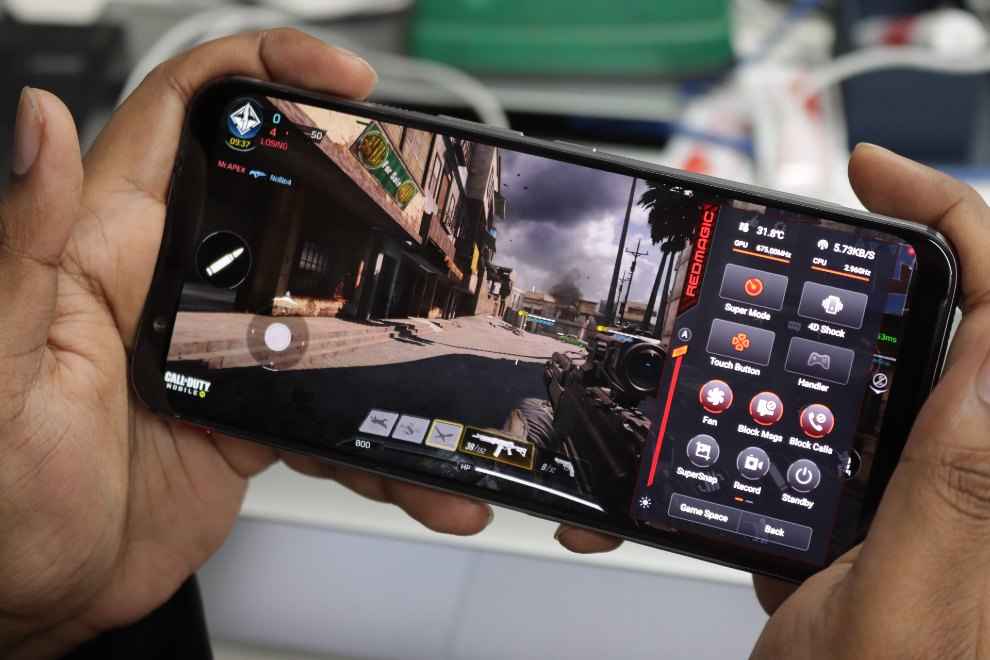
Coming to the display, the Red Magic 3s sports a 6.65-inch AMOLED display with 90Hz refresh rate. The display is exactly the same as what was on the Red Magic 3, and just like before, the panel can’t hold a candle to ones on the OnePlus 7T Pro or the ROG Phone II. The Red Magic 3s’ panel looks dull and manages to only hit 476 lux max brightness outside in the day, during our tests. As a result, gaming on the phone may be smooth, but it won’t give you the best visuals. Nubia also touts 100 percent DCI-P3 coverage, but without an HDR certification, you’re unlikely to ever make use of it.
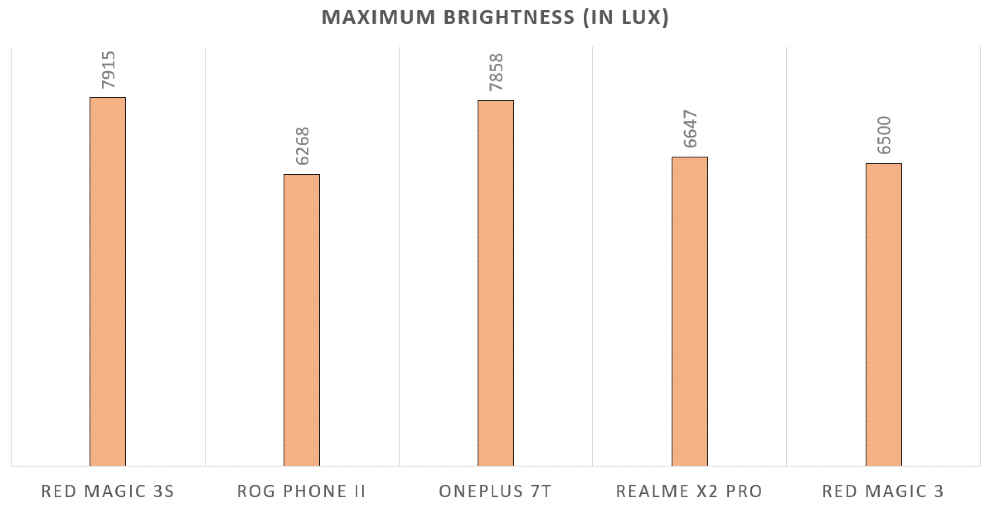
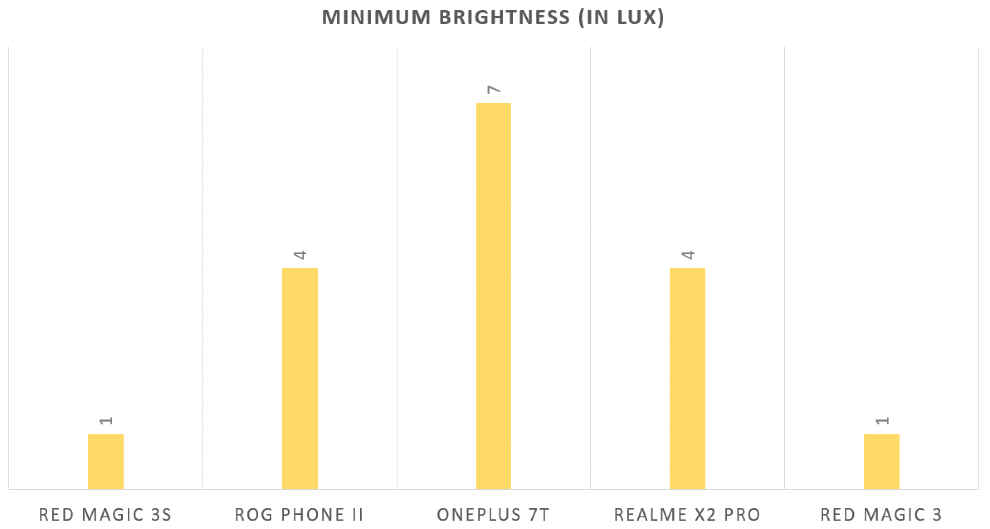
Bottomline
With most things remaining the same with only the SoC and storage getting an upgrade, the Red Magic 3s is definitely faster but the experience remains largely the same. As far as gaming smartphones go, the experience is somewhat inferior to the ROG Phone II. Yes, the price too is slightly lesser, but a little more and you get a lot more features, more accessories and a far robust hardware-software integration. Having said that, the Red Magic 3s runs almost all games we threw at it at peak frame rates. Outside of gaming, the Red Magic 3s struggles a bit to get the daily tasks right and as a result, this may not be the perfect daily driver, despite being a good gaming device.
[ad_2]
Source link

